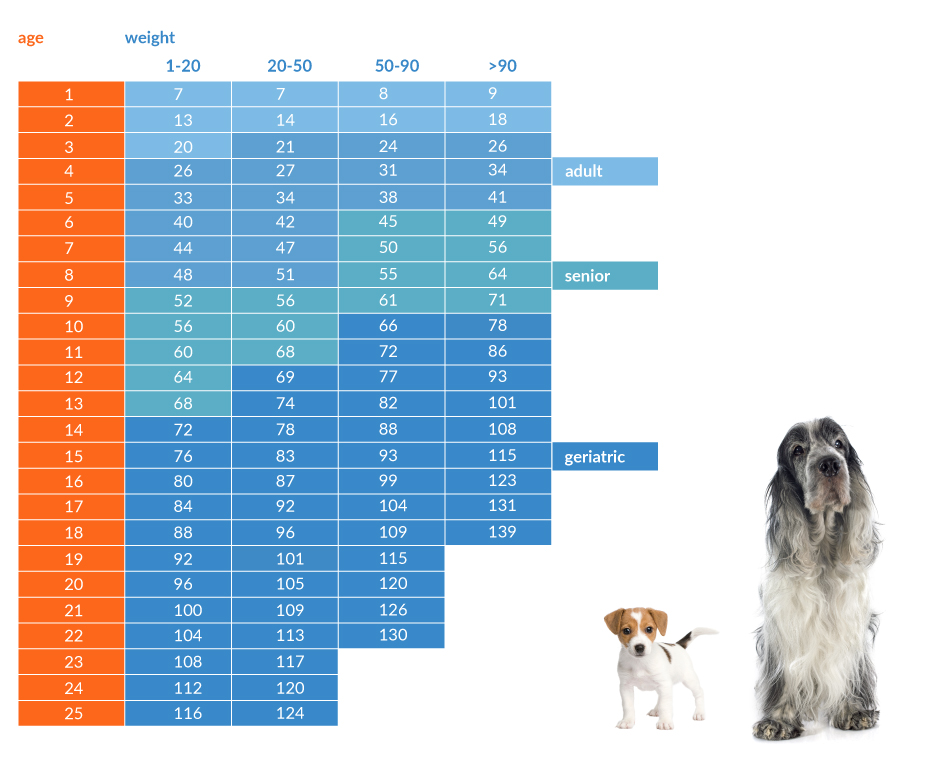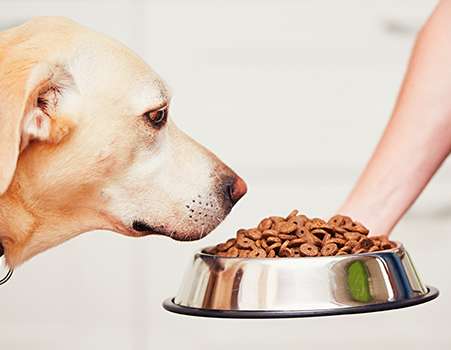Your Senior Dog
Old age is not a disease
As a result of advances in veterinary medicine, more knowledgeable care and improved nutrition, cats are now living much longer, healthier lives. But, just as for humans, the passage of time has its effects, and you may begin to notice that your once-frisky feline seems to have slowed down a bit. Being aware of the natural changes that can occur as your cat reaches his or her golden years, as well as what you can do to help keep your pet as healthy, active and comfortable as possible, can ensure that you both enjoy this stage in your cat’s life to the fullest.
How-and when-will I know that my cat is getting “old”?
Your Senior CatAs cats move into the geriatric phase of their lives, they experience gradual changes that are remarkably like those of ageing humans: their hair may turn grey, their bodies are not as limber and reflexes not as sharp as they once were. Hearing, eyesight and the sense of smell may deteriorate and energy levels seem to diminish. In fact, the first sign of ageing is often a general decrease in activity, combined with a tendency to sleep longer and more soundly. Such signs may begin to manifest themselves anywhere between the ages of 7 and 11. Furthermore, a healthy cat who lives indoors, especially one that has been desexed, will most likely age later than one which has been affected by disease or environmental problems early in life. Thus, while wild or feral tomcats have an average life span of only 3 years, a castrated male house cat that is well cared for can live happily and healthily into his late teens or early twenties. Again, as with humans, the ageing process will vary with the individual. Your veterinarian will be able to judge when it’s time to consider your pet a “senior”..


How-and when-will I know that my dog is getting “old”?
As dogs move into the geriatric phase of their lives, they experience gradual changes that are remarkably like those of ageing humans: hair turns grey, their bodies are not as limber and reflexes not as sharp as they once were, hearing, eyesight and the sense of smell may deteriorate and energy levels, as well as attention spans, seem to diminish. In fact, the first sign of ageing is often a general decrease in activity, combined with a tendency to sleep longer and more soundly. Such signs may begin to manifest themselves before 8 years in large breeds like Great Danes, while smaller breeds can remain youthful until 12 years and even longer. Furthermore, a healthy dog, will most likely age later than one that has been affected by disease or environmental problems early in life. Again, as with humans, the ageing process will vary with the individual. Your veterinarian will be able to judge when it’s time to consider your pet a “senior”

Checkup time now comes twice a year
As your dog ages, regular checkups at the veterinarian’s become more important than ever. In fact, at this stage of your pet’s life, it is recommended that he or she receive a thorough examination every 6 months, as adult dogs can age as much as 3 years (in human terms) within the period of one calendar year. Besides the usual complete physical examination, your veterinarian may conduct a urine and faecal analysis as well as imaging tests. Furthermore, many vets now recommend minimum yearly blood screens for senior pets

Something to chew on
As your pet ages, your dog’s nutritional needs may also change. You may find that, although your pet is eating less, they still put on weight. This could be due to a slowdown of their metabolism or a decrease in their activity. Excess weight can aggravate many canine medical conditions, including heart, respiratory, skin and joint problems. To help a portly pet reduce, try feeding smaller quantities of food or gradually switch to a diet that is lower in calories. Other dogs have entirely the opposite problem—they lose weight as they age, sometimes as the result of heart or periodontal disease or diabetes. In either case, ask your veterinarian for advice about your pet’s individual nutritional requirements.
Put comfort on the menu
You should also ensure that your dog is comfortable while eating. Most pet owners place food dishes and water bowls on the floor, but this may be a source of discomfort for a large or overweight dog, or for one whose arthritis makes it difficult – or even painful – to bend down. Many pet supply outlets have eating tables that are specially designed with cut-outs for food and water containers and available in various heights to suit various sizes of dogs. Or you can fashion your own inexpensive solution to this problem: for example, a plastic crate covered in a towel to absorb spills.
Senior cat food do’s & don’ts
- Do make sure that your cat’s diet is well balanced, highly palatable, digestible and contains potassium and taurine.
- Since food with high mineral and protein content should be avoided, ask your veterinarian for recommendations about a type that’s right for your cat.
- Do consider, in consultation with your veterinarian, increasing the level of fibre in your cat’s diet, especially if they suffer from frequent constipation.
- Do try warming food to body temperature – it may make meals more tempting to senior cats with poor appetites.
- Don’t feed your cat between-meal snacks or table scraps.
The top 10 health tips for senior cats
1. Take your cat to their veterinarian for twice-yearly checkups.
2. Become informed about conditions and diseases common to senior cats, be on the lookout for symptoms and, should they arise, inform your cat’s veterinarian promptly.
3. Feed your cat the best food you can afford and consider giving them several small meals a day rather than one large one.
4. Don’t overfeed – obesity causes many health problems and may shorten your cat’s life.
5. Make sure your cat receives adequate exercise to preserve muscle tone, preserve bone and joint strength and fight obesity.
6. Look after your cat’s dental health. Have their teeth cleaned professionally when your veterinarian so advises, and ideally brush their teeth daily.
7. Have your veterinarian do a risk assessment to determine an appropriate vaccination protocol for your cat.
8. Do your utmost to control fleas and intestinal worms and make sure your cat and their environment (their bed, play area, etc.) are always spotlessly clean.
9 Check your cat’s nails weekly and trim them as often as necessary, as senior cats may not use their scratching posts as often as they did when younger.
10. Give your cat lots of love and attention and do all you can to keep them interested, active, happy and comfortable.
